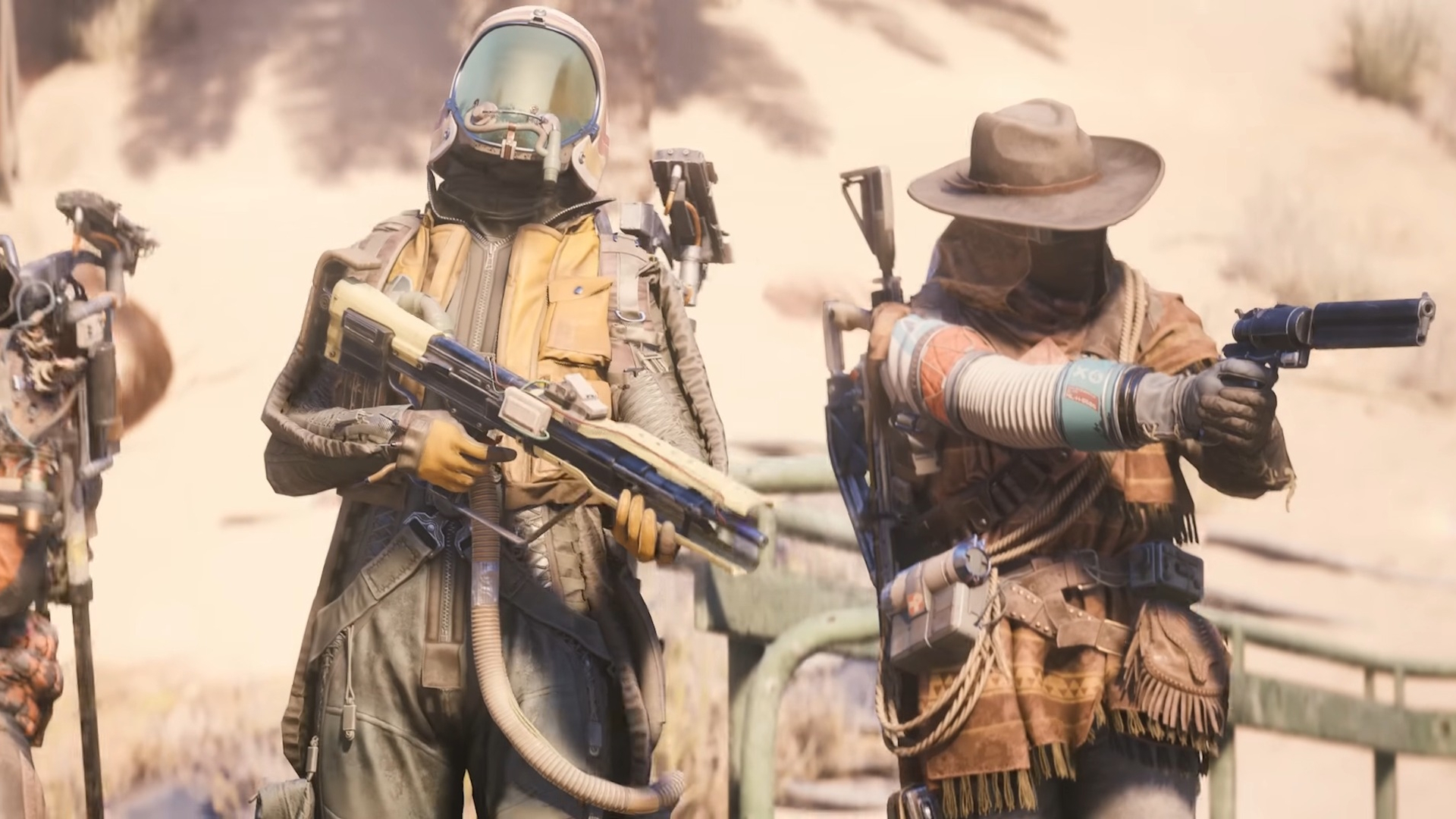Arc Raiders gear tiers get even messier as one gunsmith finds low-rarity mods are by far the best bang for your buck, and suddenly I don't feel bad about my uncommon blueprints

In the greatest Arc Raiders debate of our time, I stand firm that bad guns being good is good, actually. However, based on new research conducted by a very dedicated Raider who'd begun to raise eyebrows in Speranza for all the shooting range trips they'd taken, you could argue that good mods being bad is perhaps bad.
Let me explain. As PC Gamer spotted, YouTuber ModerNik recently "tested every stock, grip, compensator, muzzle break, silencer, mag, extended barrel and Anvil splitter to see how they work." After throwing every weapon mod in Arc Raiders under a microscope, tracking recoil and rate of fire and every other stat under the sun down to individual frames, ModerNik's data bears out two main conclusions: mods can help a lot, but high-rarity mods don't help that much more than basic ones.
For the most part, weapon mods do what they say on the tin, barring some outliers with multiple bonuses or extreme bonuses offset by drawbacks. Magazines are the most obvious one; they all add a set amount of bullets to your clip. Mods affecting ADS (aim-down-sights) speed are about as clear-cut: with one equipped, you can sight in more quickly. Silencers, you'll be shocked to hear, quiet your shots to varying degrees.
I'm pleased to report that, for once, my read of Arc Raiders' lingo was bang-on. Stocks can tighten recoil recovery time, or how long it takes for your reticle to get back to its default position, as well as dispersion, which affects the size of your reticle and how much it blooms with each shot, creating a larger area for bullets to potentially land.
You have to contend with per-shot and maximum dispersion – respectively, how much your reticle blooms with each shot, and how big that reticle can possibly get. The tighter everything is, the more accurate your shots will be. This is especially noticeable on guns like the Anvil hand cannon, where one missed shot can lose you a fight.
There's also plain ol' recoil, which determines the strength and variegation of how your gun kicks when fired. Within this, there's both horizontal and vertical recoil, though it's not like some guns fly dead left or right when you shoot them; it's just a measure of how cleanly they kick upward, with wobbling deviation to the sides. Think of it as drawing a big "S" shape as you lay on the trigger, as ModerNik helpfully demonstrates with visualized recoil patterns.
What strikes me throughout nearly all of these mod tests is the diminishing returns you get at higher rarities. This loosely follows the power curve of gun tiers: the most basic ones give you the most bang for your buck, while top-end pink gear requires a lot more materials for relatively minor bonuses. I've come to compare this to exercise in my head: a reasonable effort will get you most of the health benefits, but it takes extreme investment and effort to squeeze out that last 10 or 20% of gains, and for a lot of people it just isn't worth it.
Weekly digests, tales from the communities you love, and more
Let's use grips as an example. ModerNik examined a suite of four grips. The common grip reduced vertical recoil by 20%, an uncommon grip reached 30%, a rare one delivered 40%, and an epic one (with other benefits) also delivered 30% recoil reduction. Three tested muzzle breaks showed a similar spread: 15% reduction on a common, 20% on an uncommon, and 25% on a rare.
Going up a tier adds a set amount of percentage points of effectiveness, but you're getting worse results in terms of actual, proportional percentage gains. Slap on a common grip and you're getting a full 20% off your recoil. Upgrade to an uncommon and your recoil reduction is only increased by another 10 percentage points, or 50% proportionally. Adding another 10 points from a rare grip is an even smaller 33% improvement. And I'll tell you what isn't increasing proportionally: crafting costs.

Common and, to a lesser extent, uncommon mods are cheap to craft, but if you happen to have blueprints for some rare or even epic mods, you'll find that they cost far more hard-to-find materials. An epic shotgun silencer, according to the Arc Raiders wiki, requires two mod components and eight wires, and those components cost two springs and two mechanical components apiece. Despite what I might wish, these things do not grow on trees, and that's a lot to stack onto a single gun that you could lose at any time.
There's no reason not to use high-rarity mods you find in the wild (unless you'd rather sell or recycle them), but making them yourself is a much harder bargain knowing you can get most of the benefits of modding from lower-rarity options. All of my mod blueprints have been uncommon-tier so far, and suddenly I don't feel so bad about that. And really, this all just feeds into what's quickly becoming my hottest Arc Raiders take: high-rarity gear is fun to use but ain't what it's cracked up to be.

Austin has been a game journalist for 12 years, having freelanced for the likes of PC Gamer, Eurogamer, IGN, Sports Illustrated, and more while finishing his journalism degree. He's been with GamesRadar+ since 2019. They've yet to realize his position is a cover for his career-spanning Destiny column, and he's kept the ruse going with a lot of news and the occasional feature, all while playing as many roguelikes as possible.
You must confirm your public display name before commenting
Please logout and then login again, you will then be prompted to enter your display name.



